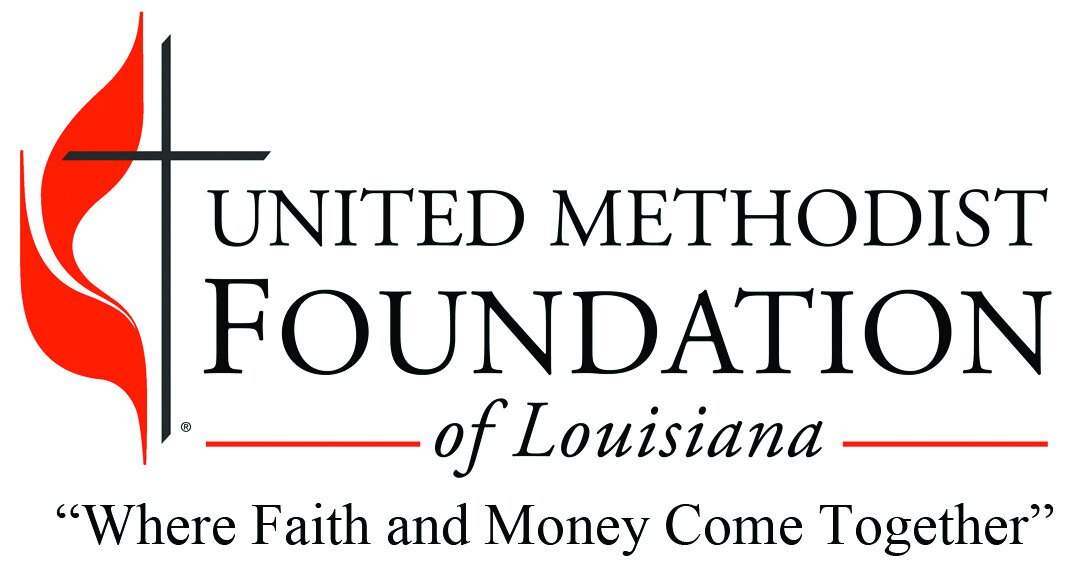5 Fundamentals for Your Planned Giving Program in the New Year
by Nathan Stelter, Stelter.com
It’s a fresh year and a fresh calendar. Is your planned giving program similarly feeling revived?
Now’s the time to take a breath, remain focused and build the foundation for future years of growth. These five fundamentals will start your 2022 program on solid footing.
1. Identify top prospects.
It’s not just important, it’s crucial. Targeting the right audience in your marketing efforts contributes to 40% of your success (reminder: the list = 40%, the offer = 40%, the creative = 20%). The message and how it’s presented won’t matter if you’re not sending it to the right people. Audience selection is the linchpin.
Stelter evaluates donor readiness for planned giving across three areas:
Loyalty/Affinity
Number of years giving or volunteering = 5+
Number of lifetime gifts given = 15+ for most nonprofit organizations; 5+ for higher education or other organizations with less frequent (yet often higher-value) giving
Age
Most prolific PG marketing responders = 60+
Broader PG education messaging = 50+
Recency of Giving
Last gift = within 3 to 5 years.
After these elements are considered, you may need to adjust to meet your budget. Your audience can be narrowed based on donor affinity, whether they are an active volunteer or are an alumnus of your organization.
Want more on list selection? This blog digs in.
2. Focus on easy gifts.
Certainly, “easy” is subjective, but some gifts are more common for donors to complete and easier for you to explain. Giving by wills is the most common legacy gift, according to Giving USA’s 2021 report. Leave the alphabet soup for one-on-one donor conversations (we’re looking at you CRUT, CRAT, etc.).
By talking about the following gifts, you’ll raise the most funds and you don’t have to be a gift planning expert:
Gifts in a will
Beneficiary designations
Gifts from a donor advised fund
Gifts of appreciated stock
Language alert! Use relatable language that shows benefits to the donor when you talk about planned giving. Stay away from industry jargon. Good examples:
“A worry-free way to support our cause”
“Create a lasting legacy”
“Use your will to invest in the causes that are close to your heart and create a permanent testament to the values that are important to you”
3. Integrate with other appeals.
Add legacy suggestions into existing communication. The idea is to consistently prime the donor by planting the planned giving message.
You could create a recurring planned giving column or section in your fundraising newsletter, enewsletter, magazine and annual report. Keep the language easy to understand and emotive. (Again, resist the urge to use industry jargon.)
Try something like this: By leaving a gift to our organization in your will, you ensure that we can continue to carry out our mission and create lasting improvements that benefit the people we serve for years to come.
But NOT like this: Create a bequest to our organization as part of your planned giving strategy and to give to our organization. (They’ll be asleep before the punctuation mark. Besides, “bequest” is an industry term that isn’t understood by your donors.)
4. Survey your audience.
Surveys build conversation and connection between you and your donors. They’re a “What do you think?” pathway into a deeper planned giving conversation.
Surveys have many benefits. They:
Involve your donors
Gather useful data
Solicit stewardship feedback
Identify bequests
Grow your pipeline
Nonprofits that take the time to listen and take action based on survey feedback also receive a bounty of valuable, substantive information about how to better align donors’ desires with the nonprofit’s actions. Where do they want the money spent? What stories do they want to hear? What part(s) of your mission are the most impactful?
Here are some tips on developing your survey.
5. Keep your board inspired.
That’s inspired, not just involved. Get heartfelt buy-in from your board to make future asks easier.
Talk about planned giving in terms that fire them up, not stifle their motivation. For example, “These gifts help ensure our organization’s security so that we can make decisions about our future from a proactive, strategy-led focus instead of reacting to unknown issues or situations that will certainly come our way.”
Also, meet with each board member individually to discuss the merits of making their own planned gift. Invite them to attend prospect or legacy society member one-on-ones with you.
Getting board buy-in requires more than just applying standards, it involves constant communication. At meetings, share poignant donor stories—why they gave, what it means to them. Also, present clear data showing growth potential. Can you do any modeling from closed gifts or survey data to prove that planned giving has growth potential?
Related article: How to Make the Case for Planned Giving: 3 Fundraising Truths
